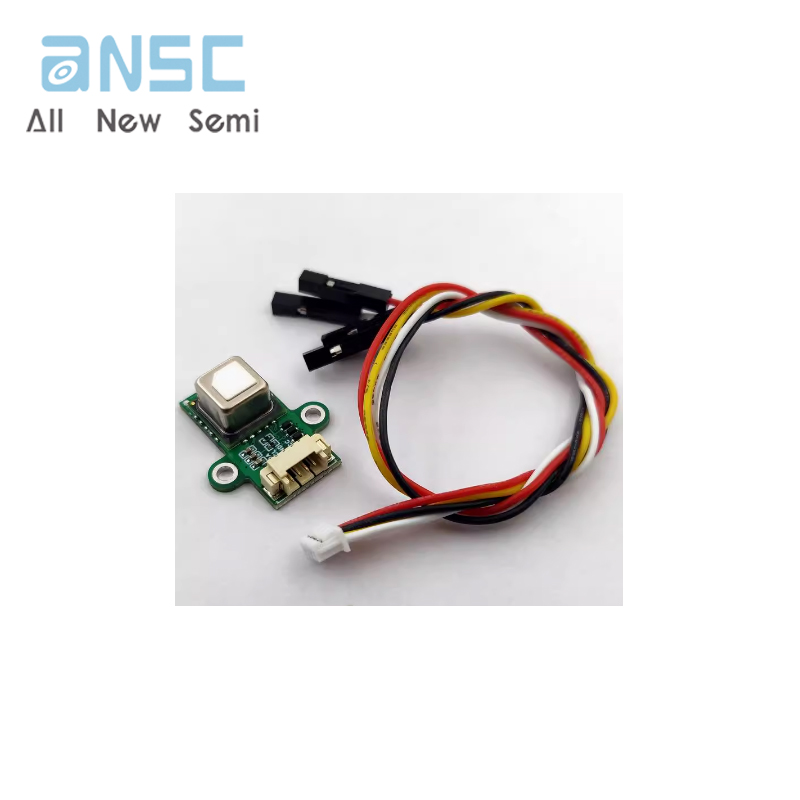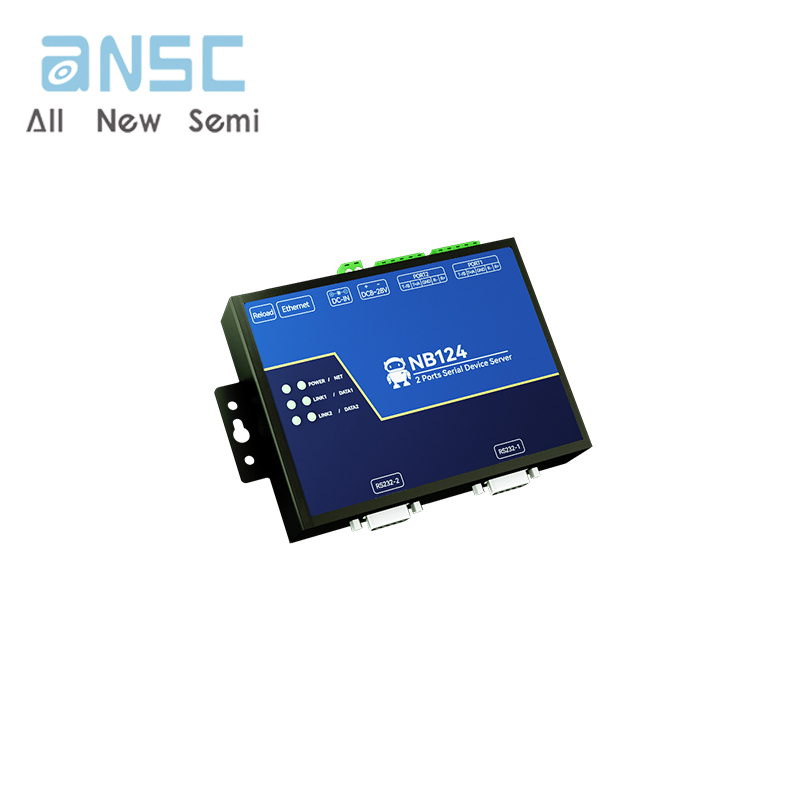Product Descriptions
High precision carbon dioxide temperature and humidity sensor module with high performance
Module model: GY-SCD40-SCD41
Power supply voltage: 2.4-5.5v
Interface: Standard IIC interface
Measurement range:
SCD40 CO2 measurement accuracy 2 400 ppm -2'000 ppm ± (50 ppm+5% of reading)
SCD41 CO2 measurement accuracy 2 400 ppm -5'000 ppm ± (40 ppm+5% of reading)
Product Technical Description
New SCD40 Sensor and Photoacoustic Technology
The miniaturized CO2 sensor of SCD40 provides a new method for product design and will lay the foundation for various new sensing applications. Sensirion's experience has enabled it to improve new innovations in its CO2 sensor technology, providing a new device that is one seventh smaller in size than its predecessor, the SCD30. The principle of photoacoustic detection can reduce the size of the optical cavity used in SCD30 without affecting performance.
Advanced CO2 sensors, such as Sensirion's SCD30, are based on the principle of non dispersive infrared (NDIR) optical detection. Due to their size and cost, the use of these NDIR sensors is limited to a few applications.
NDIR type sensors are optical sensors commonly used for gas analysis. The main components are an infrared light source with a wavelength filter, a sample chamber, and an infrared detector (Figures 2 and 3). The NDIR detector can measure the volume concentration of CO2 in the sample by irradiating an infrared beam passing through the sample pool (containing CO2) and measuring the amount of infrared light absorbed by the sample at the desired wavelength.
The sensitivity of sensors based on the NDIR principle is proportional to the beam path. The significant reduction of paths can lead to performance degradation, thereby limiting the miniaturization potential of this technology. In addition, sensors based on the NDIR principle do not have an economical BOM structure due to their size, structure, and large number of discrete components.
Gysel said, "In terms of miniaturization, NDIR technology seems to have reached the limit of CO2 sensors because the sensitivity of the sensor is proportional to the length of the beam path, and therefore to the size of the sensor." Sensirion has always aimed to disrupt the sensor market by making components smaller and more cost-effective without affecting performance. For CO2 sensing, we believe that photoacoustic technology is the most promising method: in addition to reducing the size and cost of CO2 sensors, this technology also allows SMT assembly to replace laborious through hole welding. The combination of these three factors may potentially open up new CO2 sensing markets. I personally believe that photoacoustic technology has the potential to replace NDIR as the standard CO2 sensing technology in the next five to ten years
The new SCD40 is based on Sensirion's photoacoustic PASens technology. The principle of photoacoustic detection can miniaturize sensors without affecting performance. This is because the sensitivity of the sensor is independent of the size of the optical cavity. By simultaneously using Sensirion's CMOS sensor technology for miniaturization, these two technologies can be combined to create a new type of sensor (Figure 4).
Figure 4: Size comparison between NDIR (SCD30) and PASens Technology (SCD40) (Image: Sensirion)
The principle of photoacoustic is relatively simple: a 4.26 µ m modulated narrowband optical signal corresponding to the absorption band of CO2 molecules is emitted in a narrow enclosed space. Measure the light absorbed by CO2 molecules in the pool. The absorption energy of CO2 molecules mainly stimulates molecular vibration, which leads to an increase in translational energy, resulting in periodic changes in pressure in the measurement unit. MEMS microphones can be used for measurement.
Gissel said, "After absorption, the energy of photons first transfers to CO2 molecules, and then to surrounding molecules." "The absorbed energy causes an increase in microscopic pressure. Due to millions of absorption events occurring inside the optical cavity, the increase in pressure becomes a macroscopic phenomenon. By tuning the IR emitter, we sense the increase and decrease in pressure at a clearly defined frequency - just sound waves.". The frequency of sound is determined by the modulation frequency of the infrared transmitter, but the amplitude of sound is proportional to the concentration of CO2
The microphone signal is then used to measure the number of CO2 molecules in the measurement unit and can be used to calculate CO2 concentration.
Product Images
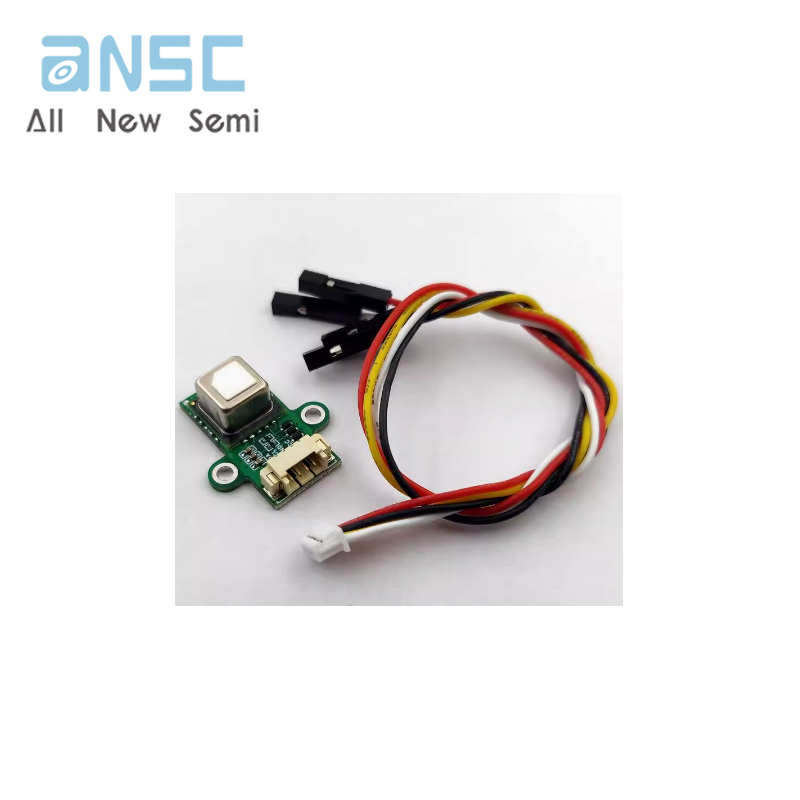
Payment&Transportation

Official Certificate&Certificate

Multiple product supply

Company office environment

Warehouse Real Shot
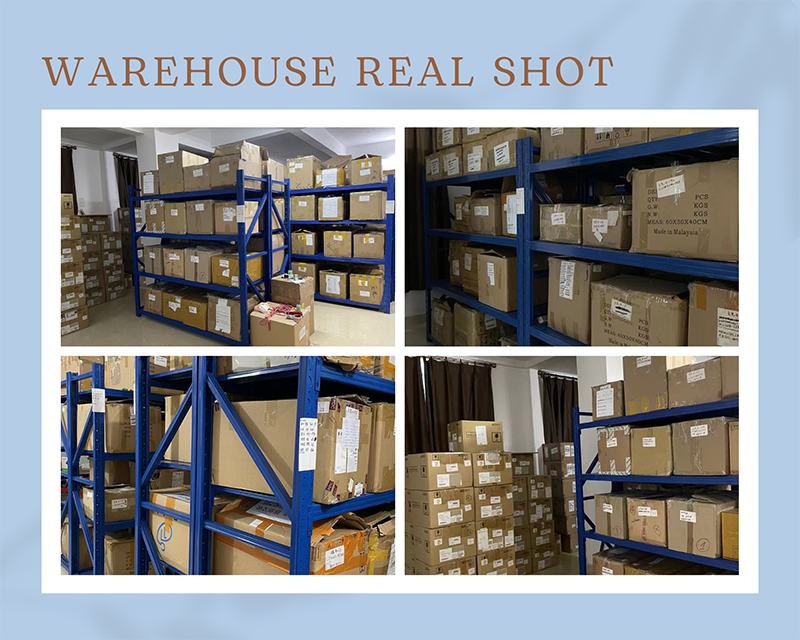
Standard packaging
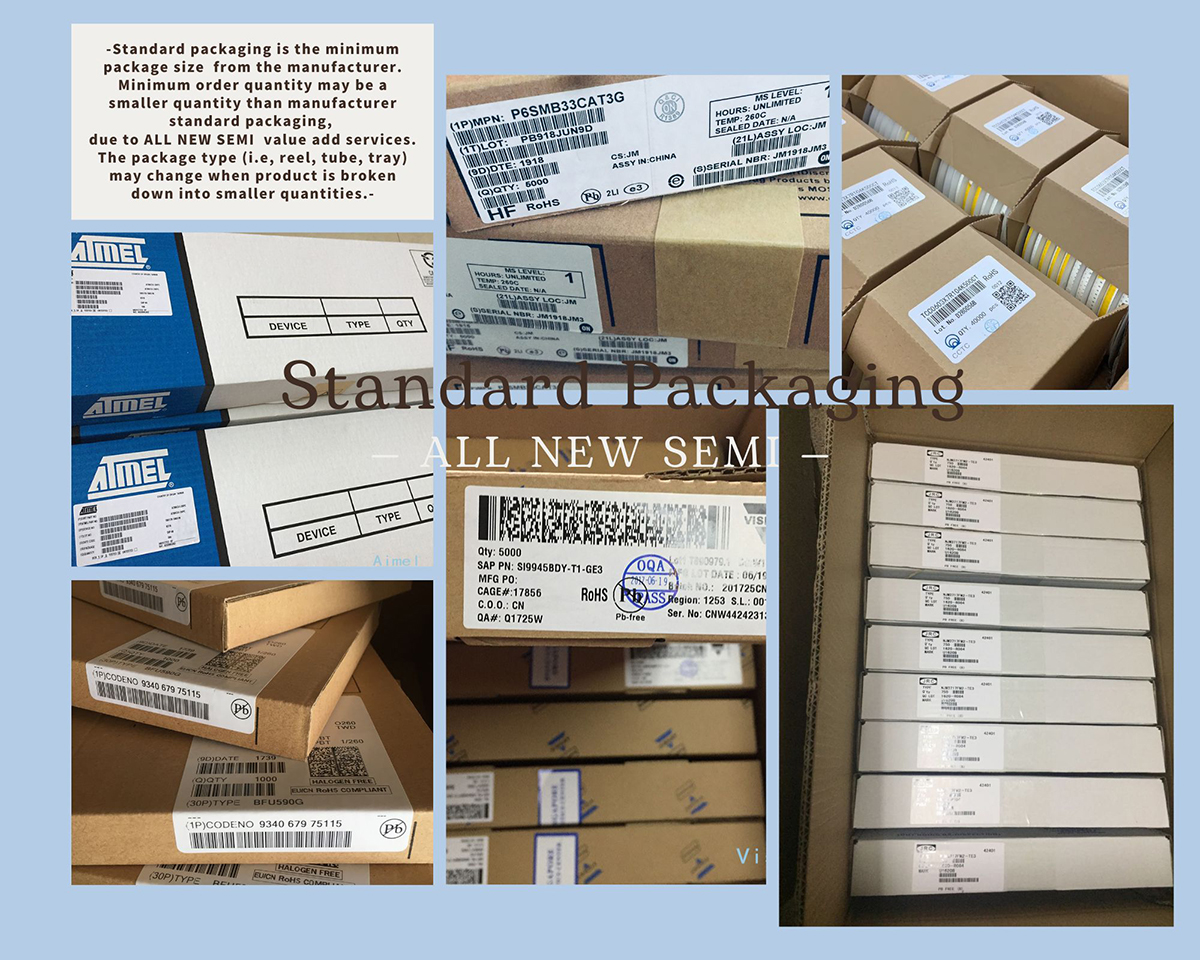
We also provide :
| Part No | Manufacturer | Date Code | Quantity | Description |
| LM22676ADJ | NS | 19+ | 250 | SOP8 |
| TPS562201DDCR | TI | 22+ | 795500 | SOT23-6 |
| NJG1806K75 | JRC | 22+ | 500000 | DFN6 |
| TLV74318PDQNR | TI | 22+ | 402000 | X2SON-4 |
| NJG1801K75 | JRC | 22+ | 300000 | SMD |
| NJG1804K64 | JRC | 22+ | 300000 | DFN8 |
| LM27761DSGR | TI | 22+ | 151000 | WSON8 |
| TLV62565DBVR | TI | 22+ | 138000 | SOT23-5 |
| TPS613222ADBVR | TI | 22+ | 108000 | SOT23-5 |
| LNK625DG-TL | POWER | 22+ | 100000 | SOP-8 |
| OPA4322AIPWR | TI | 22+ | 100000 | TSSOP14 |
| TLV75528PDRVR | TI | 22+ | 99000 | WSON-6 |
| TPS7A2025PDQNR | TI | 22+ | 78500 | X2SON-4 |
| TLV62568DBVR | TI | 22+ | 72000 | SOT23-5 |
| STM32L051K8U6TR | ST | 22+ | 60000 | QFN32 |
| SKY66421-11 | SKYWORKS | 22+ | 56500 | QFN16 |
| TPS7A1111PDRVR | TI | 22+ | 54000 | WSON6 |
| TLV62569PDDCR | TI | 22+ | 52000 | SOT23-6 |
| TLV62569DBVR | TI | 22+ | 48000 | SOT23-5 |
| TPS23753APWR | TI | 22+ | 40000 | TSSOP14 |
| NB691GG-Z | MPS | 22+ | 30000 | QFN |
| SN74AHC1G02DBVR | TI | 22+ | 27939 | SOT-23 |
| TPS63000DRCR | TI | 22+ | 23238 | VSON10 |
| TLV75533PDRVR | TI | 22+ | 21500 | WSON6 |
| NB687BGQ-Z | MPS | 22+ | 20000 | QFN |
| A3916GESTR-T-1 | ALLEGRO | 22+ | 17150 | QFN-20 |
| TPS62135RGXR | TI | 22+ | 15000 | VQFN11 |
| TLE2022AMDR | TI | 0803+ | 12500 | SOP8 |
| TPS23756PWPR | TI | 22+ | 12000 | HTSSOP-20 |

